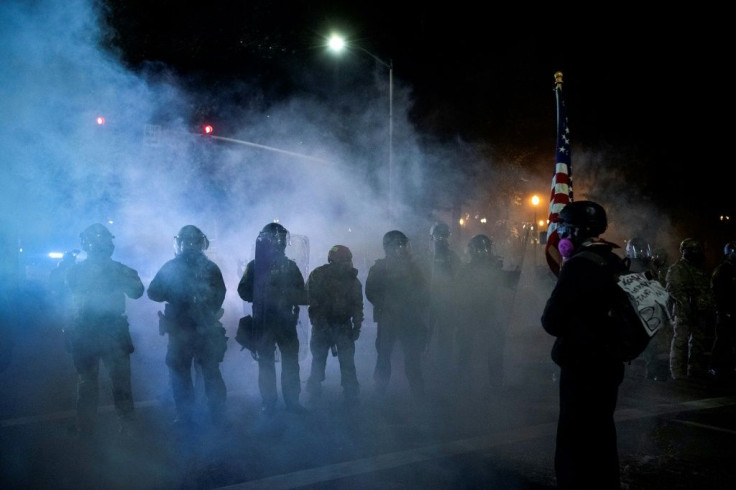Study Finds That Violent Protests Have Actually Been Few And Far Between In 2020
A new report has shed new light on the many protests that have cropped up across the U.S. this year. Conducted by the Armed Conflict Location and Event Data Project, the study found that roughly 93% of protests conduct in the wake of George Floyd’s death were non-violent, meaning that there were no instances of fighting with police and counter-protesters, nor were there instances of property damage.
The survey examined 7,750 protests conducted from May 26-Aug. 22 in 2,400 locations across the country. Of these instances, only around 220 were found to escalated to violence. Additionally, most of these violent protests were found to have stayed contained to specific city blocks and were not “dispersed throughout the city.”
These results run counter to the common narrative surrounding recent protests against racism and police brutality, that they often reach levels of unnecessary violence against people and property. This notion has become particularly common among right-wing spheres as they try to discredit the legitimacy of these protests and their goals.
However, despite these results, the authors of the study warn that protests in the near future are still liable to become violent, especially in the wake of the upcoming general election.
“In this hyper-polarized environment, state forces are taking a more heavy-handed approach to dissent, non-state actors are becoming more active and assertive, and counter-demonstrators are looking to resolve their political disputes in the street,” the study reads.
“Without significant mitigation efforts, these risks will continue to intensify in the lead-up to the vote, threatening to boil over in November if election results are delayed, inconclusive, or rejected as fraudulent.”

© Copyright IBTimes 2025. All rights reserved.





















